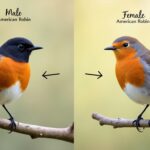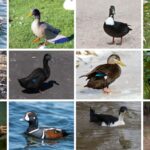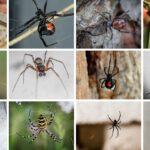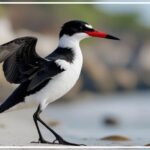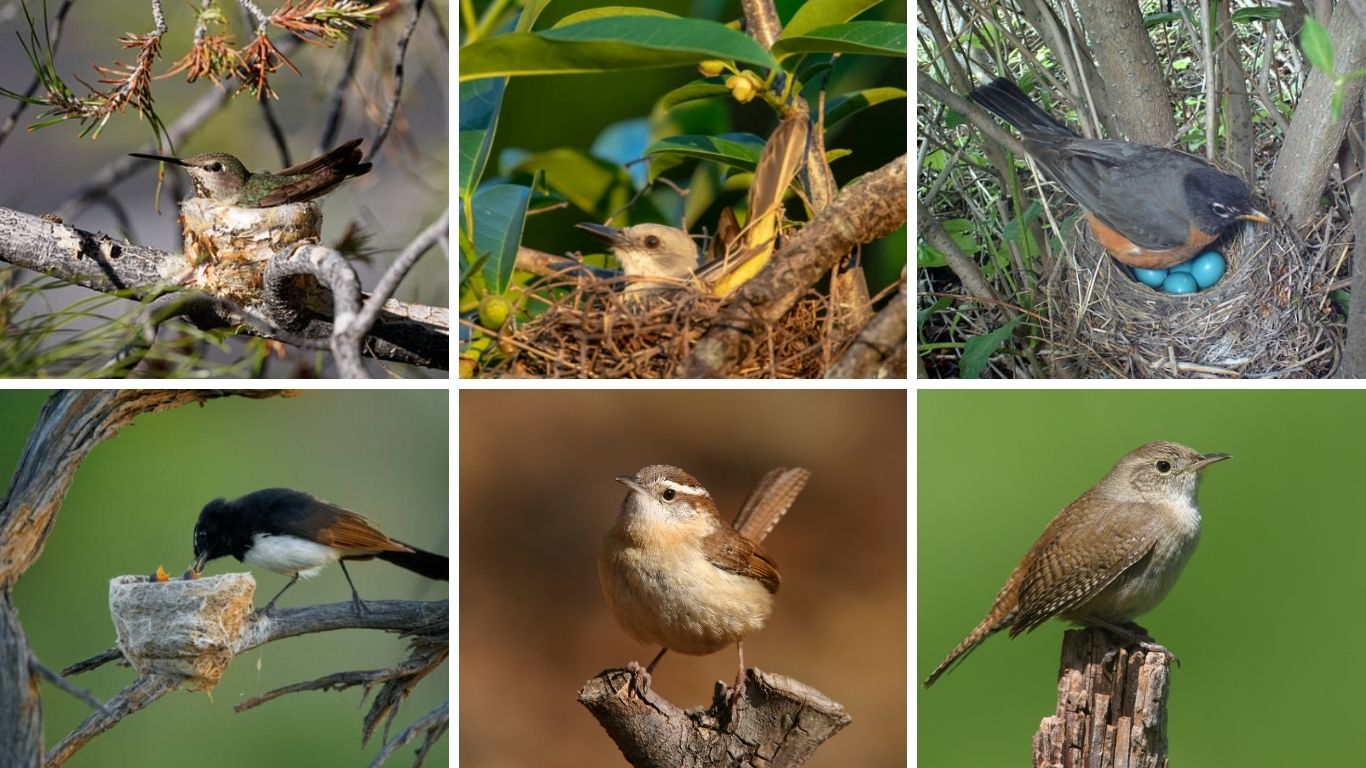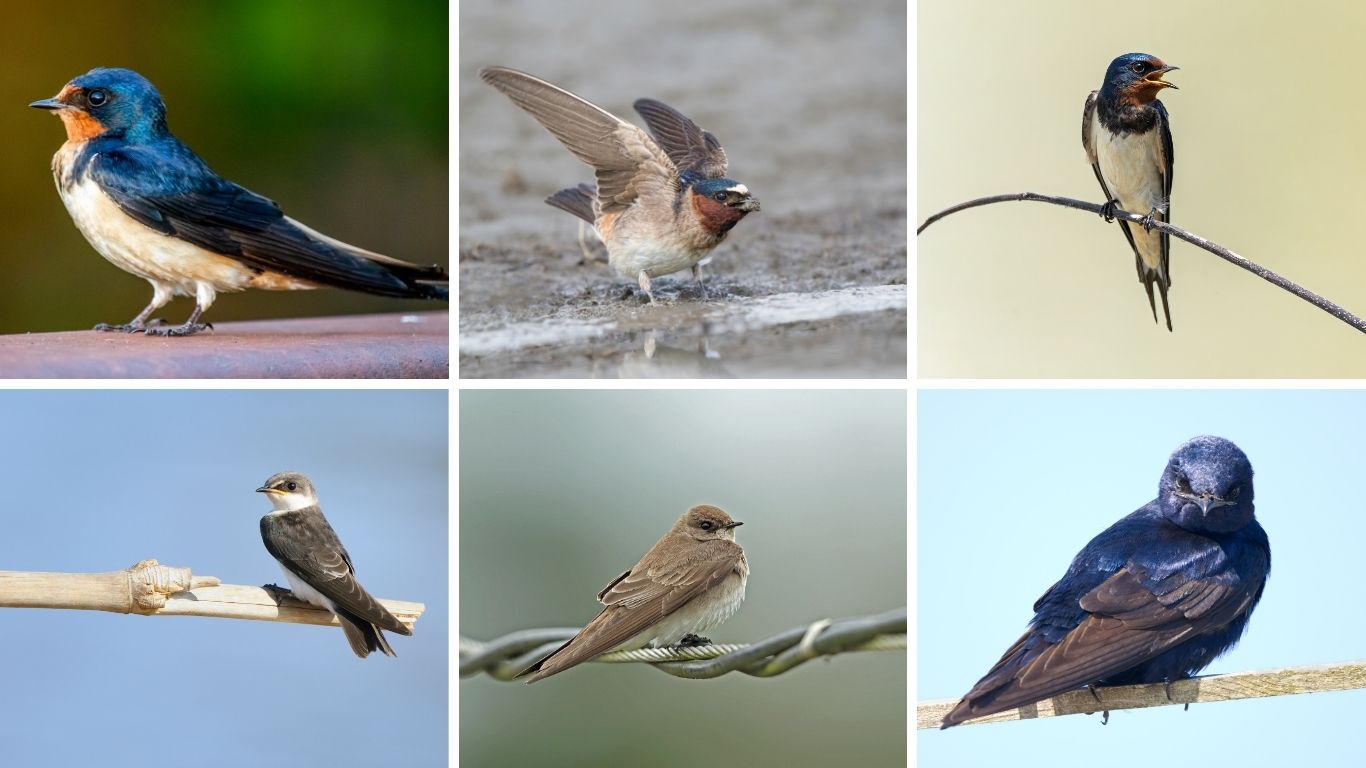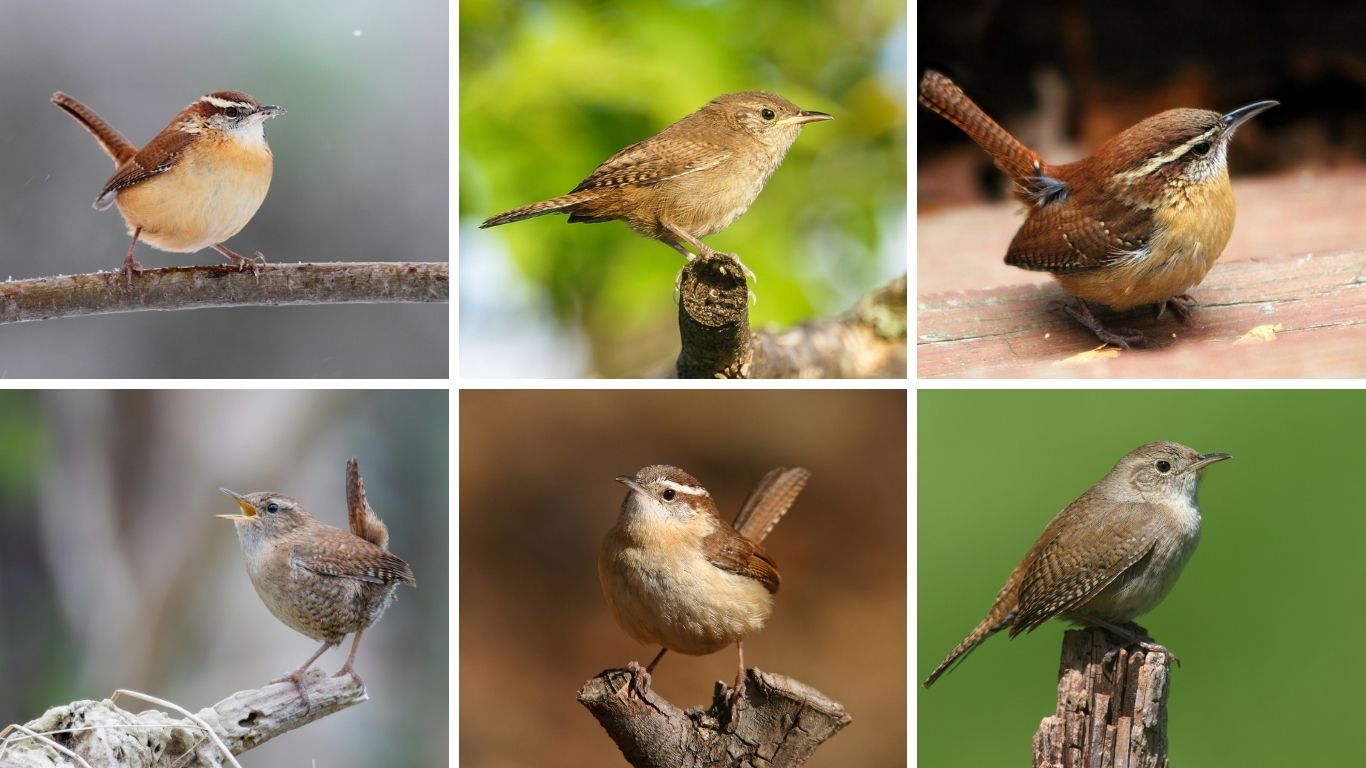Birds nesting around your home might seem harmless at first, but once they settle in, things can quickly become problematic. From bird droppings and noise to blocked vents and damaged structures, nests can create significant disturbances—especially when located in inconvenient spots like chimneys, roofs, porch lights, or inside sheds.
This guide offers humane, practical ways to prevent birds from building nests around your home, without harming the birds. It’s especially important to act early and use preventative methods that comply with local wildlife protection laws.
Why Birds Choose to Nest Around Homes
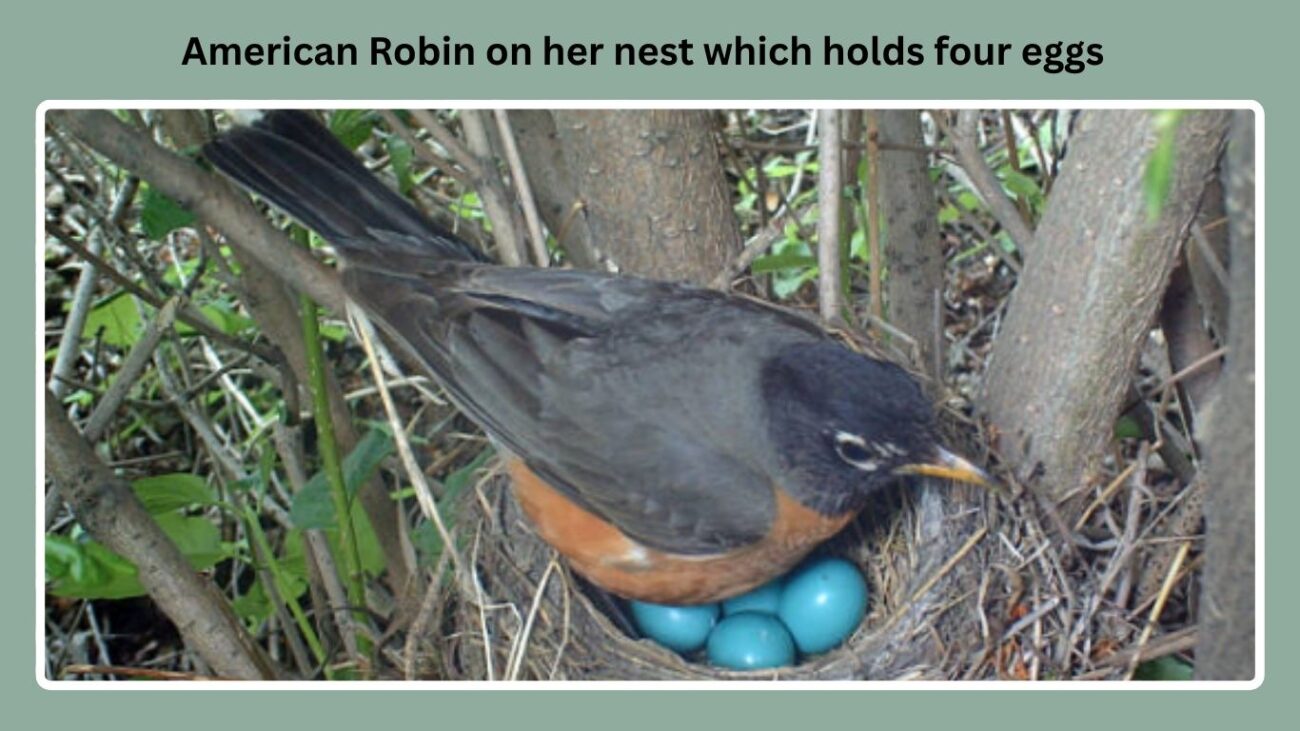
Birds are naturally drawn to safe, sheltered, and high-up locations where predators can’t easily reach. Your home unintentionally offers many perfect spots for them to build nests. Eaves, gutters, air vents, wall-mounted lights, garages, and even hanging decorations can all be prime real estate for nesting.
Other reasons birds choose your home include:
- Easy access to food or water sources nearby
- A quiet, undisturbed environment
- Warmth or insulation during breeding seasons
Understanding why they nest near your home helps you take better action to stop them.
Remove Early Nesting Material Immediately (If No Eggs Are Present)

If you spot birds bringing twigs, straw, or feathers to a certain area, act quickly. Removing this material before eggs are laid is one of the most effective and legal ways to prevent nesting.
Legal Note:
Once eggs are present in the nest, it is illegal in many countries (like the U.S., under the Migratory Bird Treaty Act) to remove or disturb it. This applies to many bird species. Always check your local laws before acting.
Steps:
- Wear gloves and gently remove any nesting material.
- Clean the area with a mild disinfectant to remove scent trails.
- Dry the spot and cover it with netting, spikes, or another barrier.
Repeat the process if the bird tries again.
Use Visual Deterrents
Birds rely heavily on vision to assess safety. Hanging visual deterrents that reflect light or mimic predators can spook them and discourage nesting.
Examples:
- Reflective tape or aluminum foil strips
- Old CDs or mirrored tiles
- Fake owls or snakes (move them periodically so birds don’t get used to them)
- Pinwheels or wind chimes
Make sure the deterrents are shiny, mobile, and placed near common nesting areas.
Install Physical Barriers
One of the most effective long-term solutions is physically blocking access to areas where birds want to nest.
Common Tools:
- Bird spikes on ledges, light fixtures, or tops of beams
- Wire mesh or hardware cloth over vents and ducts
- Bird netting to cover corners of sheds, garages, and pergolas
- Covers for porch lights and AC units
These methods don’t harm the birds—they simply make the area uncomfortable or inaccessible.
Eliminate Attracting Factors
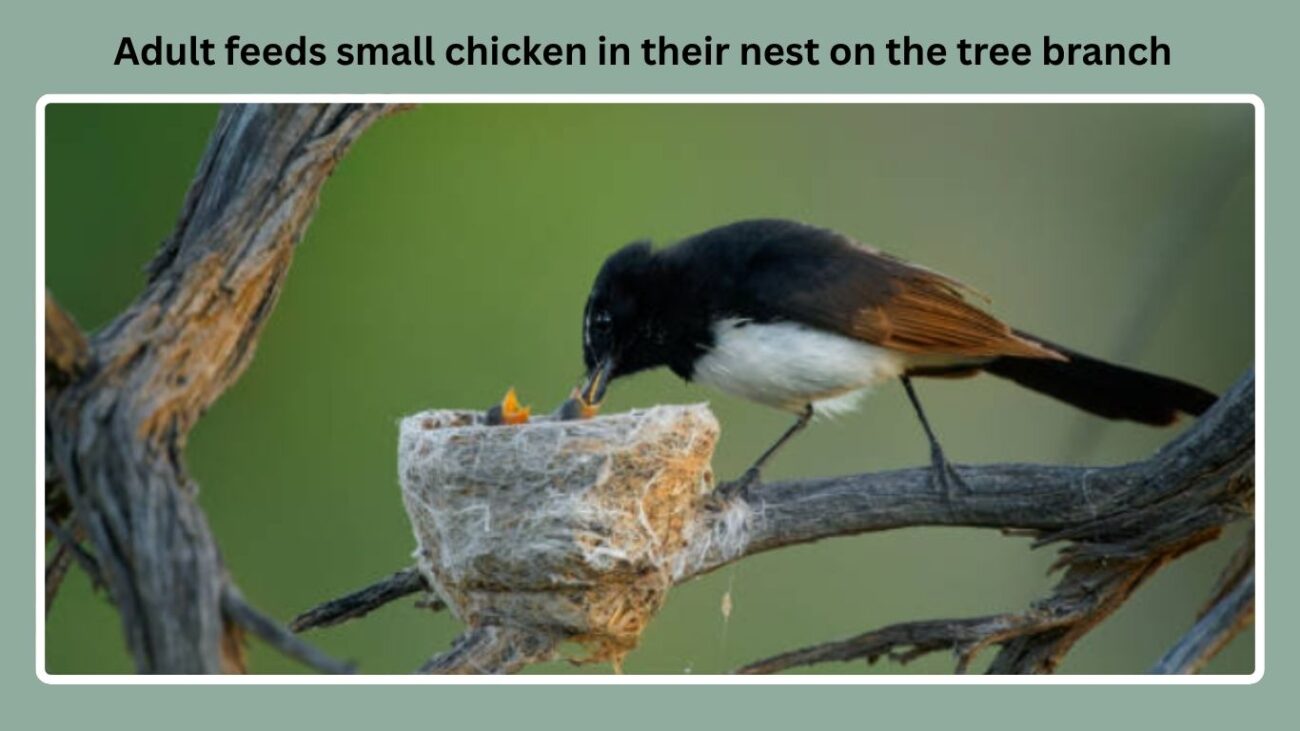
Sometimes, your property unintentionally invites birds to stick around. You can discourage nesting by making the environment less inviting.
Tips:
- Trim trees and shrubs regularly, especially near roofs and windows
- Cover or remove standing water sources like birdbaths or puddles
- Clean up food scraps, pet food, or bird feeders near buildings
- Use tight-fitting garbage lids to avoid scavengers
When there’s no food, water, or shelter, birds will seek better alternatives elsewhere.
Try Sound and Motion-Based Repellents
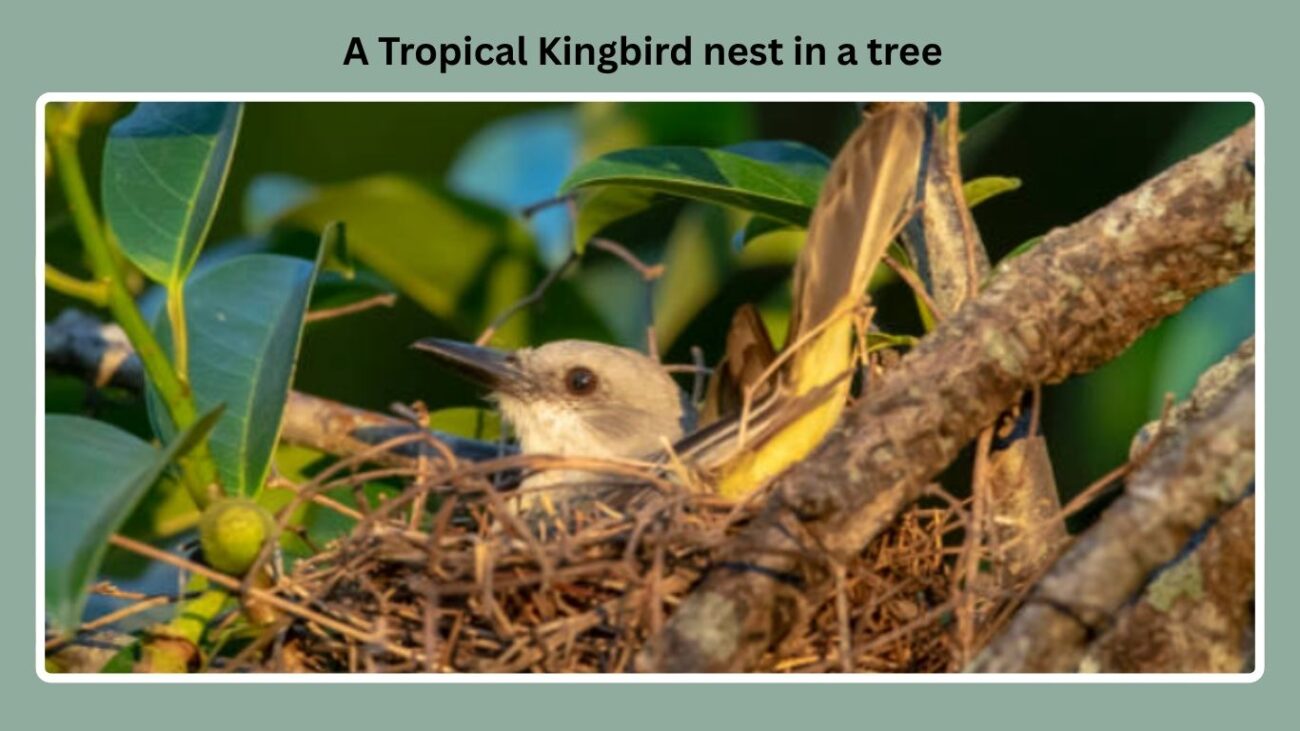
Birds dislike sudden movements and unfamiliar sounds. Motion-activated and sound-based devices can surprise and scare them without causing harm.
Popular Options:
- Motion-activated sprinklers: spray a harmless burst of water
- Ultrasonic bird repellents: emit high-frequency sounds (inaudible to humans)
- Hanging wind chimes or bells: add movement and unpredictable noise
- Radio or speaker noise: occasionally playing sounds like hawk calls or static
Rotate and vary these sounds to avoid habituation—birds can learn to ignore static patterns over time.
Focus on Timing and Prevention
Bird nesting seasons vary by region, but most birds begin looking for nesting spots in early spring. If you want to avoid nesting entirely, take action before the season starts.
General Timeline:
- Late winter to early spring (February–April): Ideal time to start prevention
- Summer: Monitor for late-nesting or second broods
- Fall: Inspect areas and clean up any leftover nests (if legal)
Consistency is key. Birds are persistent and may return several times before giving up on a spot.
When to Call a Professional
Some nesting situations are complicated or involve protected bird species. In these cases, it’s best to contact a licensed wildlife control expert or local animal control.
Call for Help If:
- There are active nests with eggs or chicks
- The birds are aggressive (like nesting swallows or geese)
- You have recurring issues even after prevention
- Nests are located in dangerous areas (chimney, electric boxes, etc.)
Professionals can relocate birds legally or recommend long-term control plans.
Frequently Asked Questions
Can I remove a bird nest legally?
You can remove inactive nests or those without eggs, depending on your local wildlife laws. Once eggs are present, most laws prohibit disturbing the nest.
What if the birds keep coming back?
Persistence is key. Combine several deterrent methods, remove all nesting material, and block access points completely.
Will deterrents harm the birds?
No. The goal is to discourage nesting without harm. Most tools like spikes, netting, and decoys are humane and non-lethal.
What if I want to keep some birds around but not nesting near the house?
Install a birdhouse or nesting box away from your home, about 20–30 feet out. This gives them a safer, more natural place to settle.
Are there any birds I absolutely can’t disturb?
Yes. Migratory birds, raptors, and many songbirds are protected by law in numerous countries. Always check local regulations before acting.
Conclusion
Preventing birds from nesting around your home is all about timing, awareness, and consistency. Acting early in the season and using a combination of visual, physical, and sound-based deterrents can save you from the mess and stress of an unwanted nest.
Remember, birds are just trying to survive and raise their young. With a little effort, you can guide them to more suitable locations—protecting your home while respecting nature.

